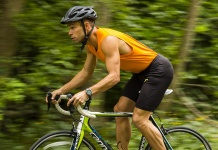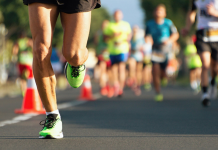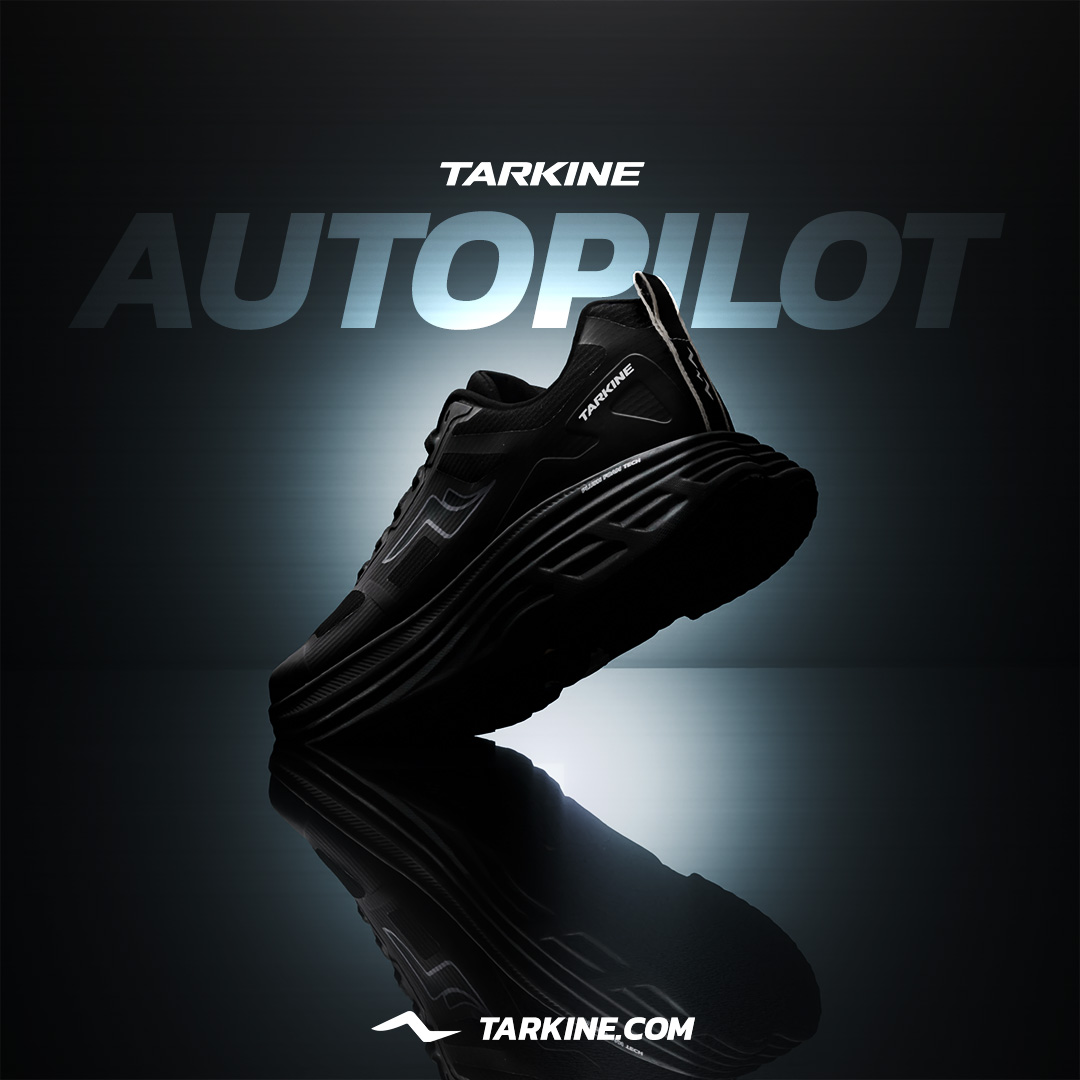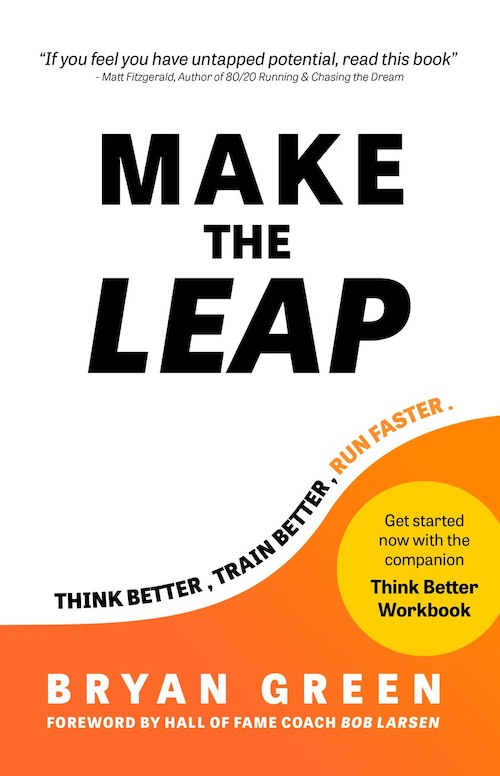 Running is great exercise and seems so simple and straightforward, just put one foot in front of the other. However, shockingly, every year between 65 and 80% of runners develop pain and injuries related to running. Most such injuries are caused by over training, exacerbated by poor running form and a lack of cross-training. If running is causing pain, doctors usually just tell you to stop running for a period of time to allow the injury to heal, but when you have a marathon coming up, it’s hard to just stop.
Running is great exercise and seems so simple and straightforward, just put one foot in front of the other. However, shockingly, every year between 65 and 80% of runners develop pain and injuries related to running. Most such injuries are caused by over training, exacerbated by poor running form and a lack of cross-training. If running is causing pain, doctors usually just tell you to stop running for a period of time to allow the injury to heal, but when you have a marathon coming up, it’s hard to just stop.
Here are the most common pains that occur in runners and how to deal with them.
Sore muscles
If you have added speed or distance to your run, odds are you will feel quite sore the day or two after your run. The experts recommend following the 10% rule, namely gradually increasing your mileage or speed by no more than 10% per week, but it is easy to forget this when you are out there having a great time running. Here are some tips to help ward off muscle soreness:
- Cool down properly. Don’t just stop running and collapse on the couch. Walk and engage in gentle stretching that moves your limbs slowly through their full range of motion for around 15 minutes after your run.
- As soon as you finish cooling down, consume a post-workout beverage that contains branched-chain amino acids and a simple carbohydrate like glucose.
- Next, go ice yourself. Get into a bathtub full of ice water and stay there for about ten minutes.
- Rest your muscles but be sure to get up and walk around for a few minutes every half an hour. Set a timer if necessary.
- The next day, when the soreness has set in, start applying heat to the sore muscles in the form of a hot water bottle or heating pads.
- Continue to rest while gently moving around at least once every 30 minutes.
- Drink some dill pickle juice. Yes, really. It helps.
- If it’s really bad, it’s OK to take some ibuprofen or a similar anti-inflammatory pain medication.
Sore knees
There is a condition called patellofemoral pain syndrome that is so common among runners that it is usually just called runner’s knee. This is a pain that is felt under the kneecap and gets worse when going up and down stairs. It may be accompanied by some swelling of the knee and weird crackling noises when the knee is bent. Runner’s knee usually afflicts runners who suddenly increase their mileage or speed (remember that 10% rule?).
This condition is surprisingly enough thought to be caused by weak hip and core muscles. If the hip and core muscles aren’t strong enough to stabilize the pelvis, with each stride the pelvis rocks, which kind of twists the thigh, which applies torque to the knee. And voila, you have sore knees.
In the short term, icing the knee and cutting back on your mileage will help. In the long term, it is a really good idea to consult a physical therapist about the condition. Your first therapy appointment should include a gait evaluation on a treadmill. The therapist will evaluate your gait and the strength of your various muscles and come up with a training plan to improve your biomechanics while running (gait retraining) and a cross-training program to strengthen your core and hip muscles. Some studies have shown than eight weeks of physical therapy plus gait retraining can eliminate runner’s knee and continuing the cross-training program can keep it from ever coming back.
Sore feet
The dreaded plantar fasciitis afflicts a certain percentage of runners every year. This condition is caused by chronic injury to the fibrous tissue that supports the underside of your foot. Some lines of evidence suggest that wearing zero-drop running shoes, diligently following the 10% rule in regards to increasing your mileage, and losing any excess body weight can help prevent this condition from occurring and speed recovery from it if it does occur. We all know that losing weight is hard and getting a little extra help from dietary supplements is always an option worth looking into. Often times these supplements do more than just help with weight loss, they can even help address issues like fatigue and the adverse effects of stress. In addition to reducing wear and tear on the feet, shedding a few pounds can also help you run faster.
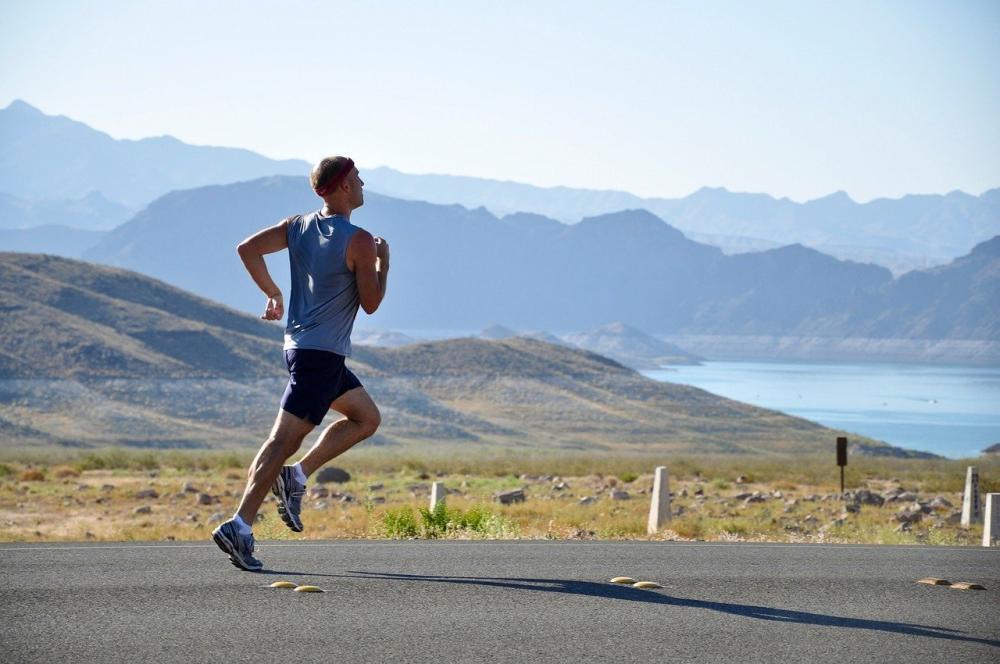 Plantar fasciitis is characterized by crippling pain in the feet whenever you first start moving around. The pain then resolves only to come back later, often right in the middle of your run, and continues to worsen until you stop. Then it goes away until the next time you start to move around. A nasty cycle indeed.
Plantar fasciitis is characterized by crippling pain in the feet whenever you first start moving around. The pain then resolves only to come back later, often right in the middle of your run, and continues to worsen until you stop. Then it goes away until the next time you start to move around. A nasty cycle indeed.
The really frustrating thing about plantar fasciitis is that it takes at least six months to resolve and no one has come up with a treatment that reliably works. For home treatment, try rest and ice plus exercises to stretch and strengthen the ankles and feet.Some people find relief through the use of night splints, custom orthotics, shock wave therapy, and/or platelet rich plasma injections. Some doctors will offer a corticosteroid injection, but we caution against taking this route. Many studies have shown that while the steroid injection temporarily provides relief, it will significantly delay your recovery from plantar fasciitis. Of course, if your marathon is next week you might feel the temporary relief is worth it.
Iliotibial band syndrome
IT syndrome is another frustrating condition dreaded by runners. The iliotibial band is a structure that extends down the outside of the thigh between the pelvis and the knee. It acts to stabilize the body during motion. Many runners develop a chronic overuse condition that affects this structure. It is felt as pain on the outside of the knee as each foot hits the ground and it gets worse the longer you keep going. First line treatment for IT syndrome is rest and ice. The second line of treatment consists of special exercises to stretch out the iliotibial band; descriptions of such exercises can easily be found online with a simple search. We strongly recommend consulting a physical therapist if your home measures do not quickly resolve your IT syndrome because if left untreated, IT syndrome can lead to scarring and a reduced range of motion of the knee. The physical therapist should provide a gait retraining and cross-training program similar to that used to treat runner’s knee.
Conclusion
Running is an excellent, very natural exercise that anyone can do-you don’t need fancy equipment or special facilities, just a pair of shoes and your body. However, many people end up suffering from pain induced by running. Pain can often be prevented by:
- Do not suddenly increase your mileage/speed. Follow the 10% rule.
- Consider getting a gait analysis and if necessary undergo gait retraining to improve your running form before you feel any pain.
- Trim off any excess body weight to reduce the stress placed on your lower limbs.
- Think long and hard about your footwear.
In regards to your running shoes, some people suggest getting “professionally fitted” but numerous studies have shown that is a mistake and can actually cause running injuries. Instead, go to a store and try on lots of different shoes. Run in them for a bit-good sporting goods stores provide a running track around the store for this very purpose. Pick a pair of shoes that feels the best for you. And remember they need to be replaced every six months like clockwork, every three months if you put in a lot of miles.
If you do develop pain related to running, your first-line treatment should be to rest and ice the affected area before turning to the specific tips given above for the most common running injuries.









